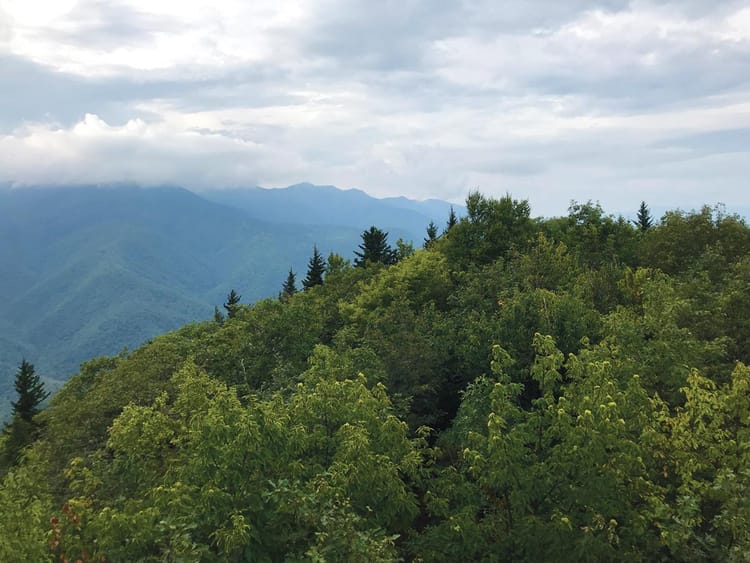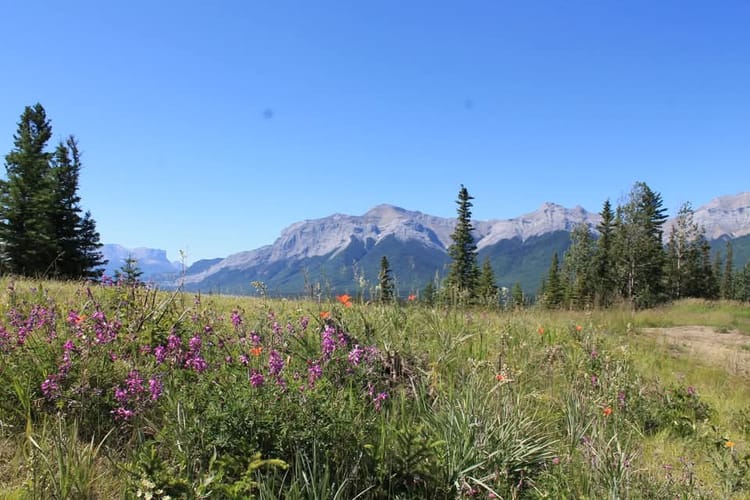It Starts at Home: Rewilding, Rural Living, and the Quiet Power of Local Change

There’s a well-worn saying: "It takes a village to raise a child." Over time, I’ve come to believe it also takes a village—of plants, people, and persistence—to build a better world.
That village begins right here, on our nine acres (twenty for the whole property, but I'm dedicating nine to this project specifically for native forest and wetlands) of land in rural West Virginia.
Rewilding Is Personal
I didn’t come to farming as a legacy or a lifestyle trend. I came because I wanted my daughter to grow up with more than a screen and a schedule. I wanted her to grow up where she could name trees by their bark, find fox tracks after snow, and know the sound of coyotes as something real—not frightening, but familiar.
We’re rewilding parts of our land—planting natives, restoring a pond, letting the pollinators return not just for pretty pictures, but because it matters. We’re also planting an orchard of nuts and perennials. The two can live side-by-side—cultivation and conservation.
This isn’t about “fixing” the planet. It’s about stewarding the piece we’ve been entrusted with. And it’s about showing our daughter that local action, done with love, is never wasted.
Rural Life, Chosen with Intention
I come from communities that are often progressive, queer, and BIPOC—many of whom have asked me why I chose to move to a rural area where my identity might feel out of place. The truth is: I decided on this precisely because it offers a different kind of diversity of thought, of rhythm, of connection to land and seasons.
Yes, there are fewer resources. Yes, there is political misalignment at times. And yes, there’s judgment, too—from both directions. But there’s also space for my child to be a child. To grow into her convictions without being crushed by the weight of constant outrage or digital discourse.
The truth is, civic engagement doesn’t start with a debate. It starts with a shovel, a trail, and a conversation with your neighbor.
This Is My Protest
I volunteer during floods, attend land use meetings, build trails, plant wildflowers, and advocate for green space in the New River Gorge—not because it will save the world, but because it shows my child what’s worth saving.
This is how I protest, not with noise, but with roots.
I want her to see that the flying insects came back, that the frogs sang again, and that even the carnivores—vilified for generations—still have a place if we make one.
Stewardship Is a Daily Practice
I know the problems we face are big. I know the system is flawed. But I also know that positivity in a vacuum becomes toxic, and negativity without action becomes despair. So I choose to do what I can, where I am, with what I have.
When my daughter walks our trails and sees flowers blooming where there was once bramble, she’s not learning ideology—she’s learning care.
That’s enough for today. That’s everything.



